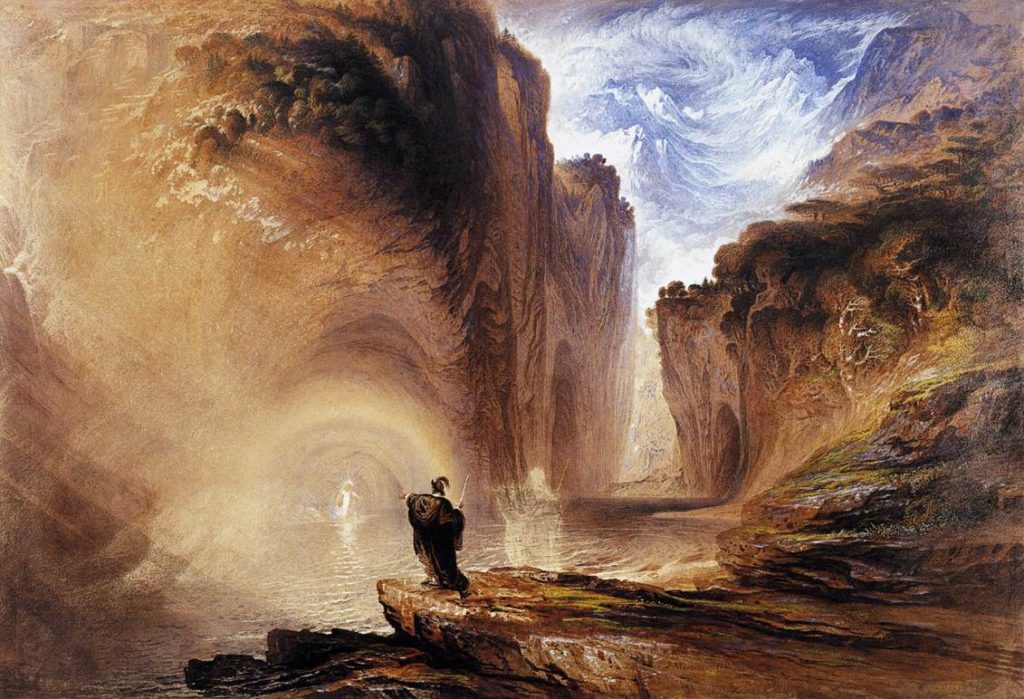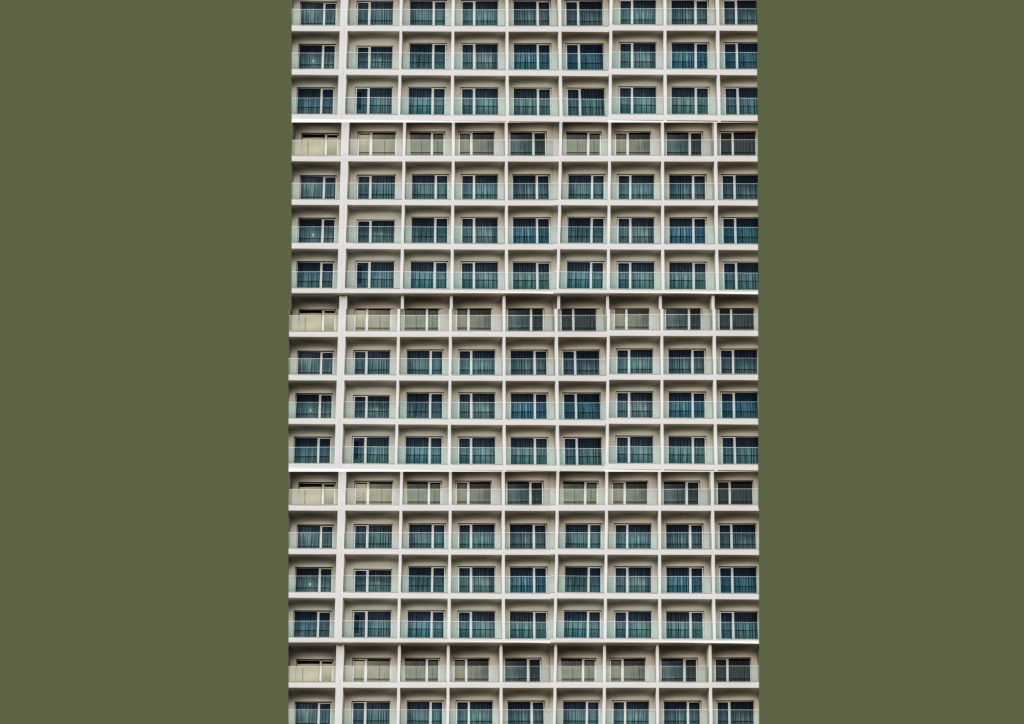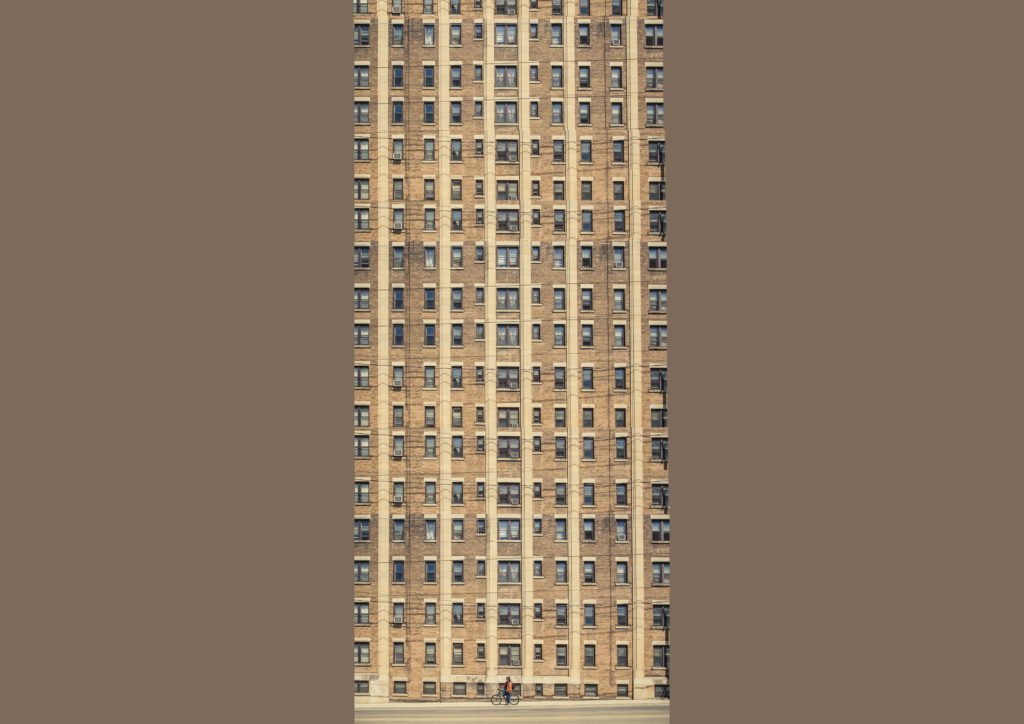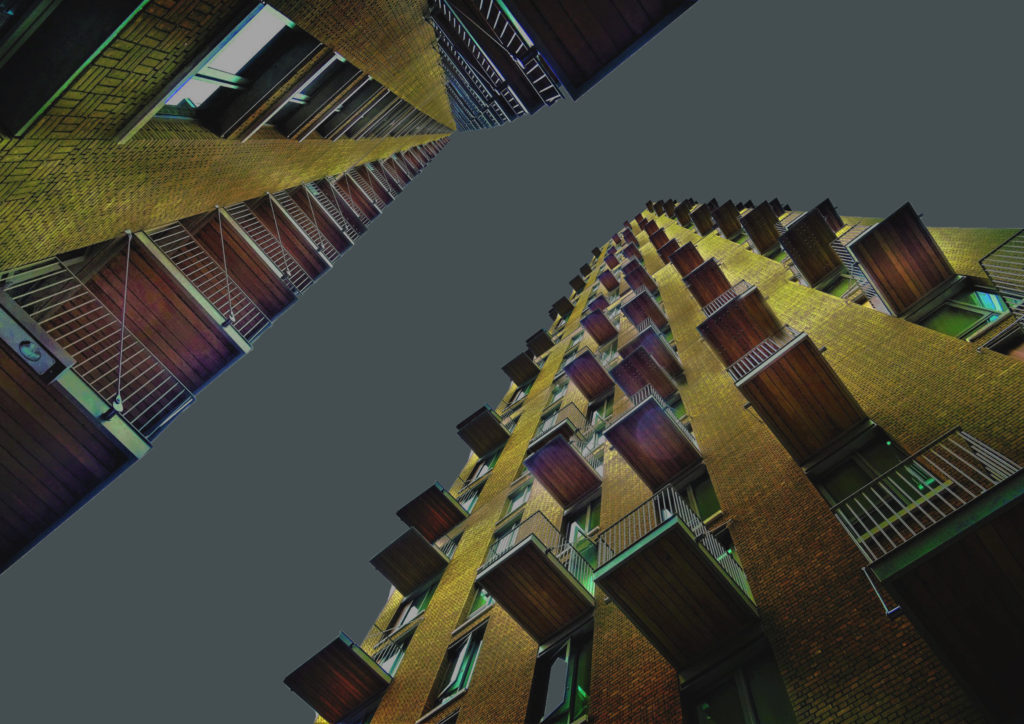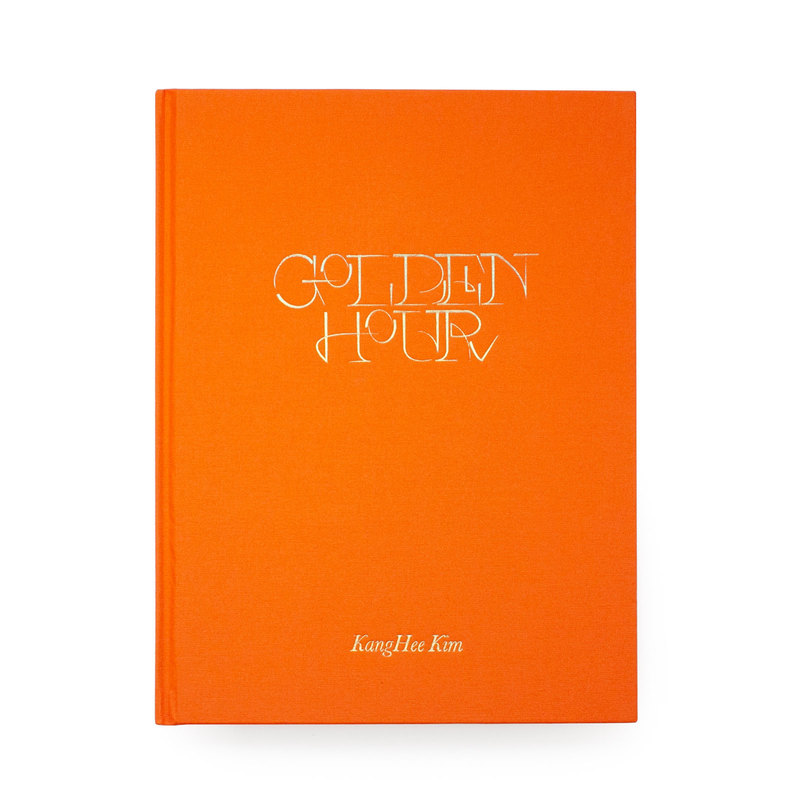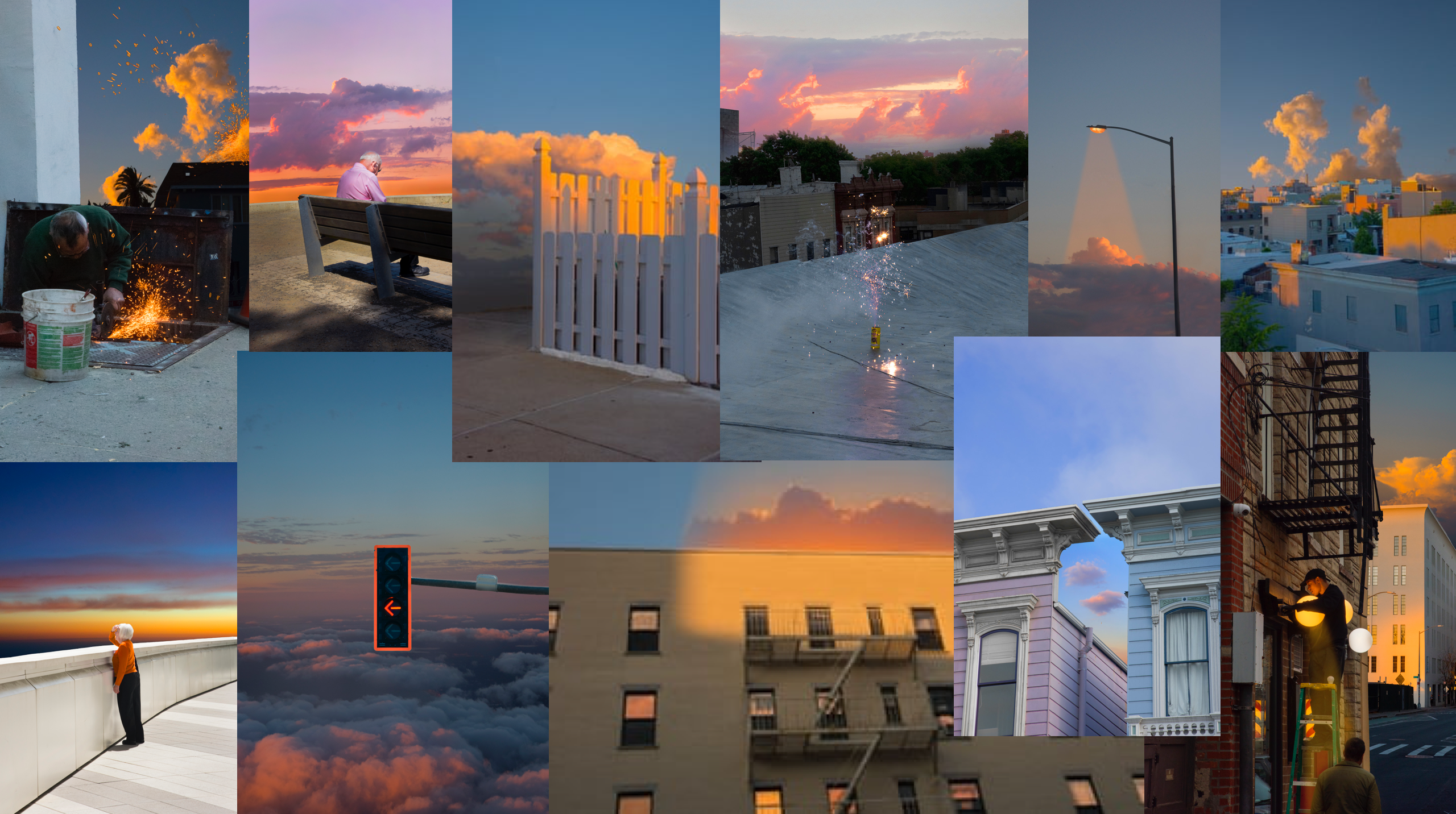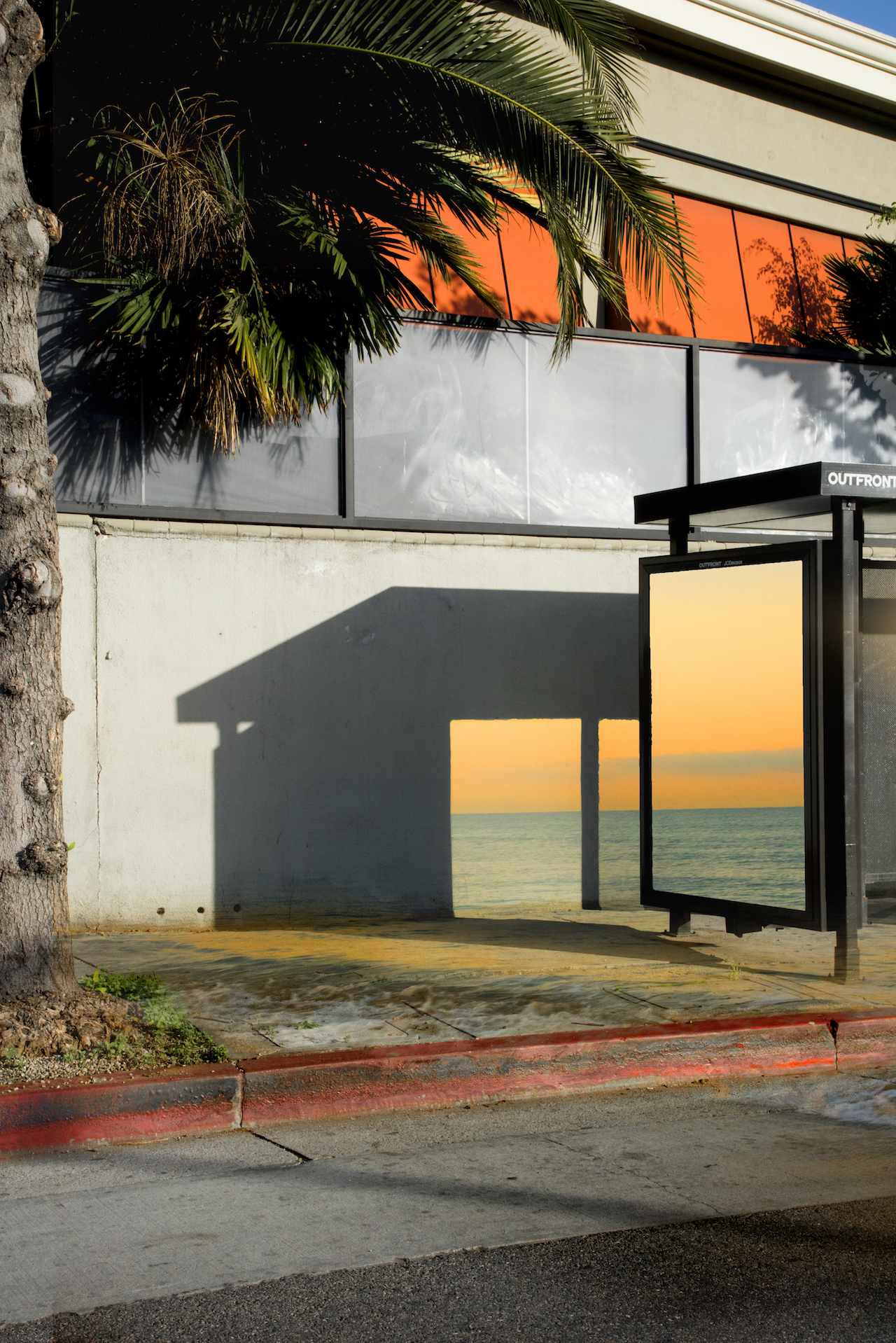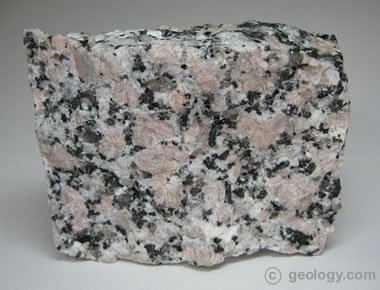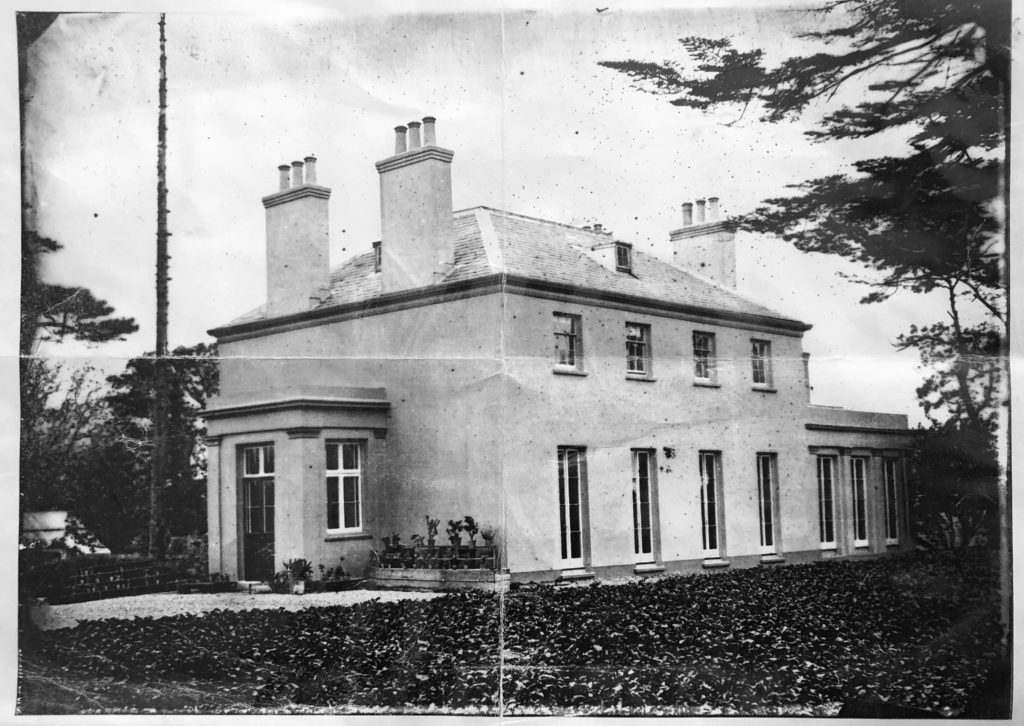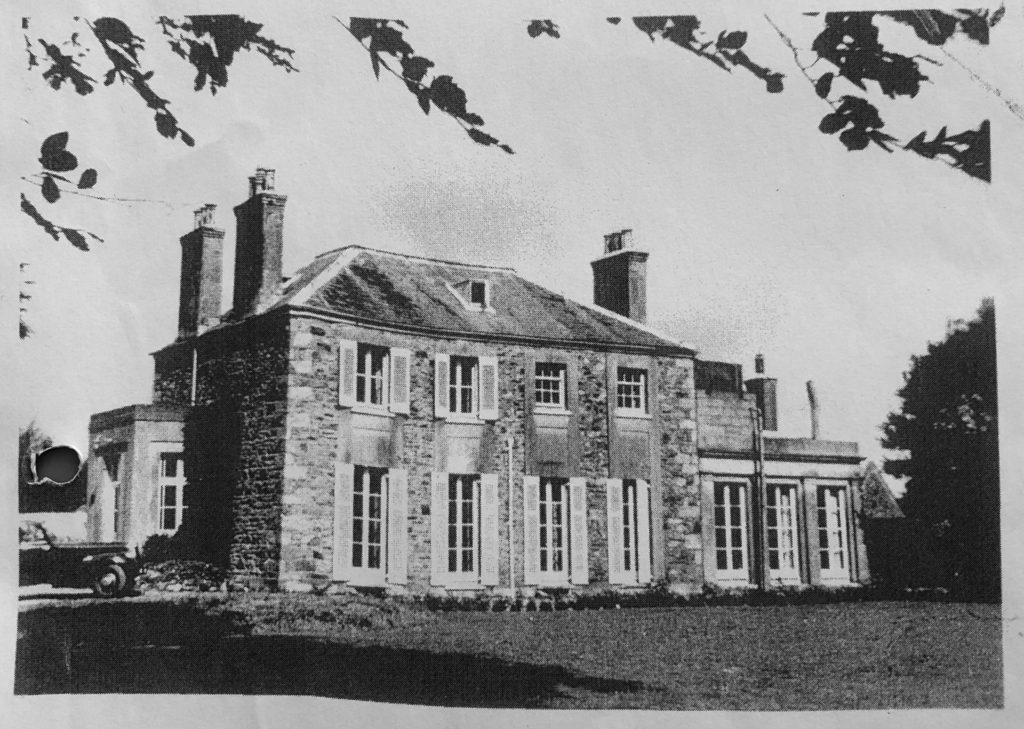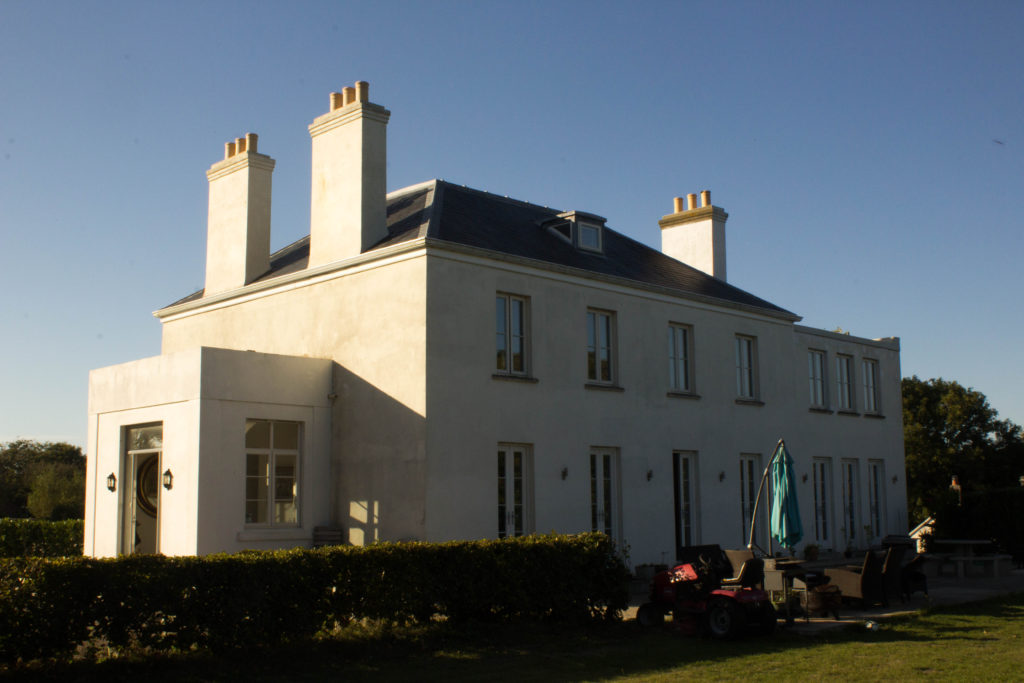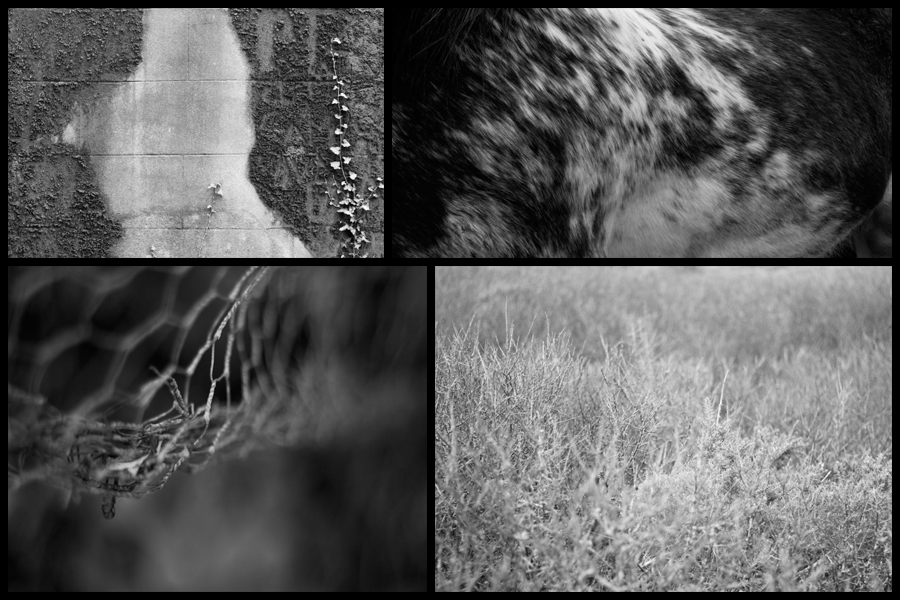Metzker was born in 1931 in Milwaukee. He attended the Institute of Design, Chicago. He taught for many years at the Philadelphia College of Art and also taught at the University of Mexico. After his graduate studies at the Institute of Design (Chicago,) Metzker travelled a lot throughout Europe in 1960-1961, where he had two striking realisations in his work of photography: that “light” would be his primary subject and that he would seek a combination of complexity over simplicity. Metzker often said “the artist begins his explorations by embracing what he doesn’t know.” He was a successor to photography where he had developed new and experimental ideas within this field of art and design. Early in his career, his work was considered as having an unusual intensity. “Composites, multiple-exposure, superimposition of negatives, juxtapositions of two images, solarization and other formal means were part and parcel of his vocabulary.” He was determined and committed to discovering the potential of black and white photography. Ray Metzker’s unique and continuous mastery of light, shadow and line “transform the ordinary into a realm of pure visual delight.” His street photography and darkroom experiments made it clear that his core, main subject was always light itself. Ray Metzker died in October 2014 at the age of 83 in Philadelphia. He had made this city his home since 1962.
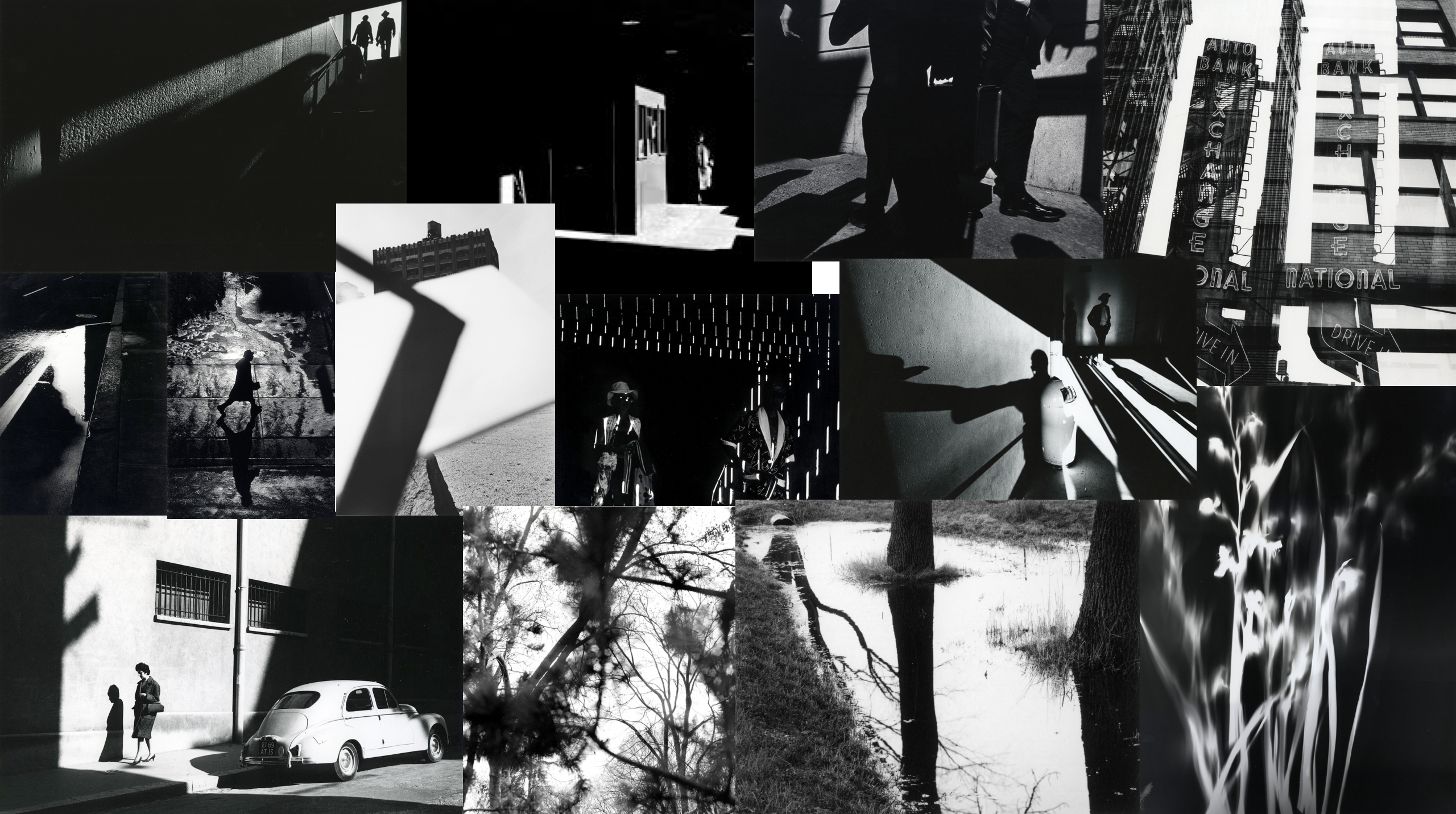
I am intrigued by Metzker’s work as he is approaching the theme of light and darkness in a different way that I have thought about approaching it. He is more focused on light and shadows, mainly capturing street photographs that are exploring buildings and people. I want to experiment with different styles of photography in order to capture a good series of images that are exploring light and darkness. In order to do this, I want to do an architecture shoot that incorporates light and darkness/shadows into my architectural images.

This image of Metzker’s explores light and darkness as he has captured this photo at a good timing in order to get the woman walking past the light toned side of the building. I like how the woman appears to be walking as she has one foot up off the ground as if she is rushing along the street. Additionally, I like how she appears almost like a silhouette due to how dark toned she looks in the image. This contrasts well against the lighter toned marble wall. This marble wall implies that this city is not a poor one; it must be fairly wealthy as marble walls are the type to seem wealthy and substantial. This links to the context of the image; Metzker took this image in the 80’s in New York (Howard is in NY). New York in the 1980s was a controversial time; “A polarizing Republican in the White House, protests for equality in the streets and a new wave of sexual self-identification. This was N.Y.C. in the early ’80s, during the 36 months in which it changed art, design, activism, food, literature and love — forever.” This shows that many aspects of life were changing and evolving – rich people were becoming richer and people who received racism or discrimination were fighting for equality. The way Metzker has chose to go about his street photography that explores light and darkness is he captured the rich, pleasant side of New York. The woman in the centre of the image is dressed well, in a long coat with high heels on, as if she is rushing along to her daily workplace which is probably a well paid job due to the how well she seems to dress. Moreover, you can see the older fashioned cars which also hints that this image was taken on the 80s. On the left side of the image, you can see tall buildings in New York, which are also really dark toned like the main woman in the photo. I like how this is juxtaposed with the light toned, bright sky. On top of this, I like how the huge buildings have shadows on them; on the very far left building you can clearly tell that there is a big strike of shadow that is hitting the left half of this building. The other half of this building is a lot more brighter which had a good contrast with the shadows.







